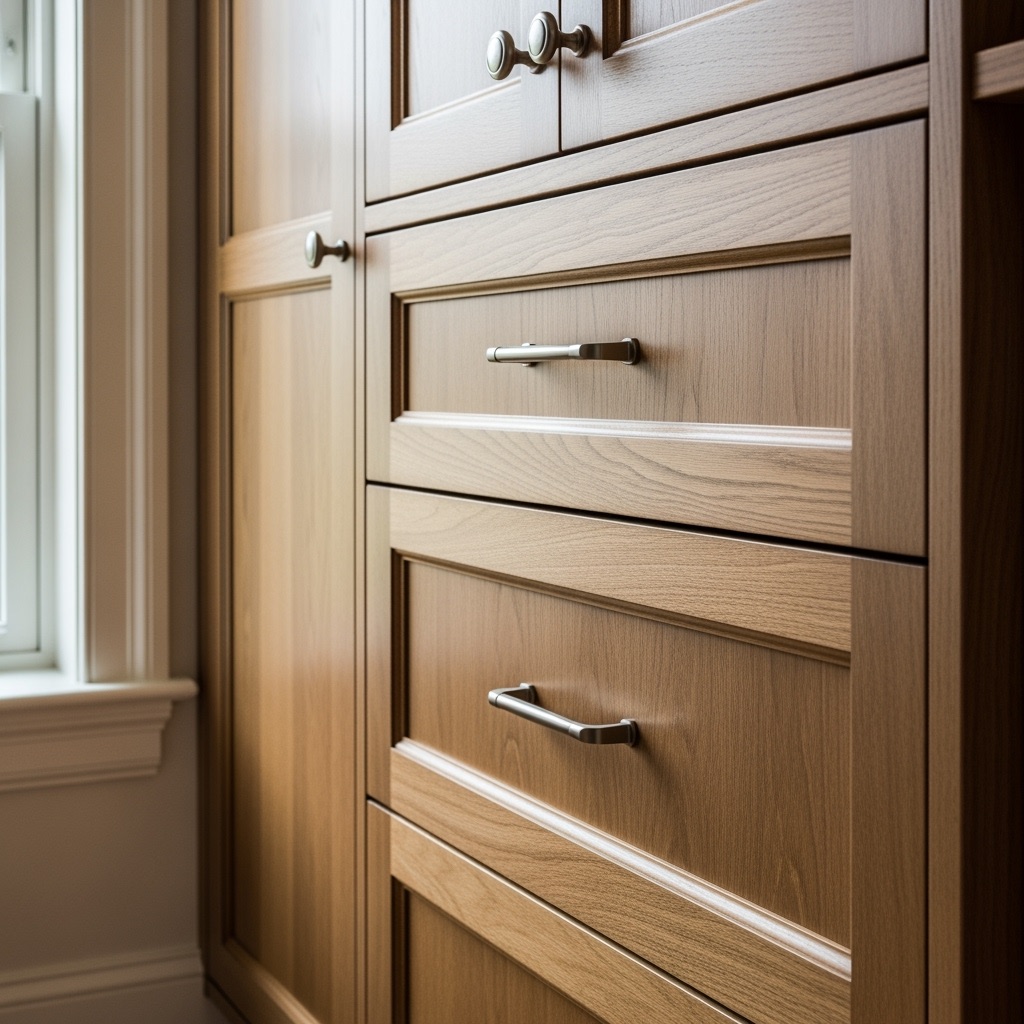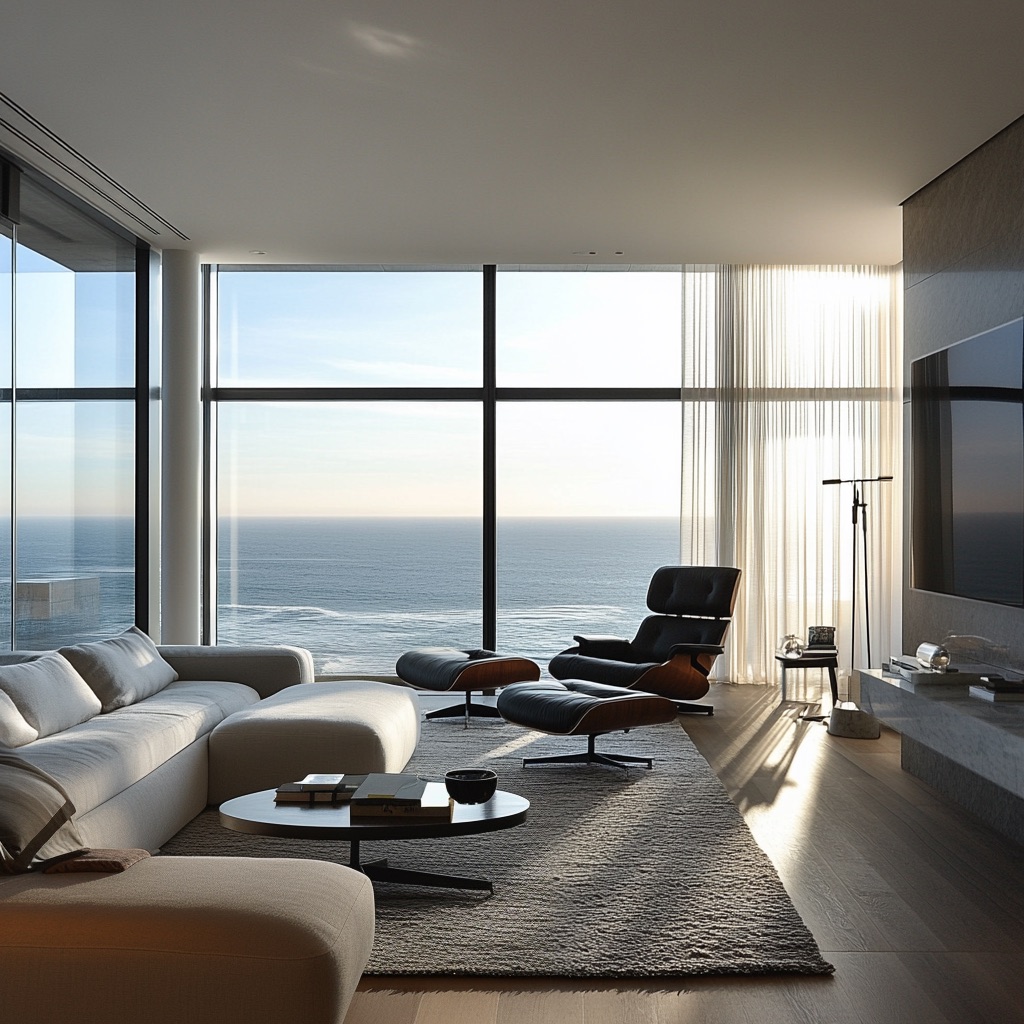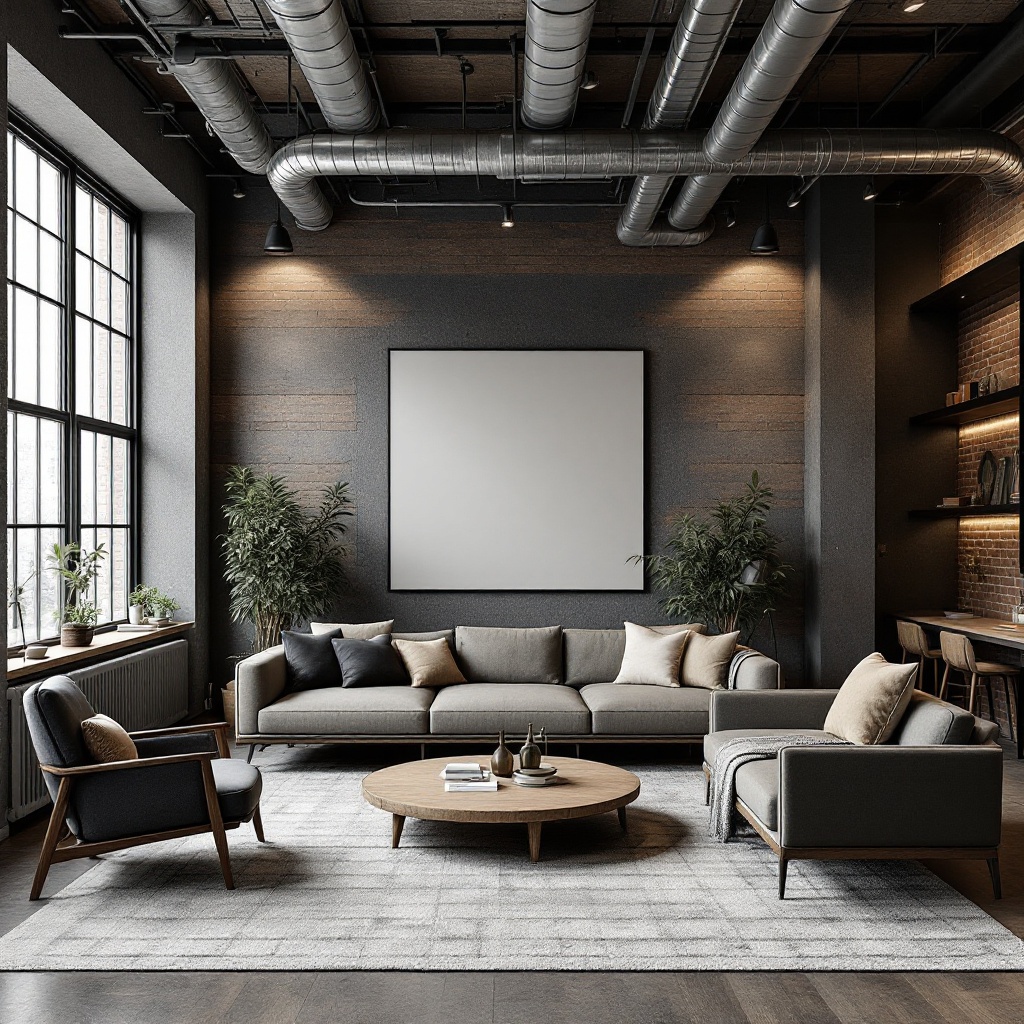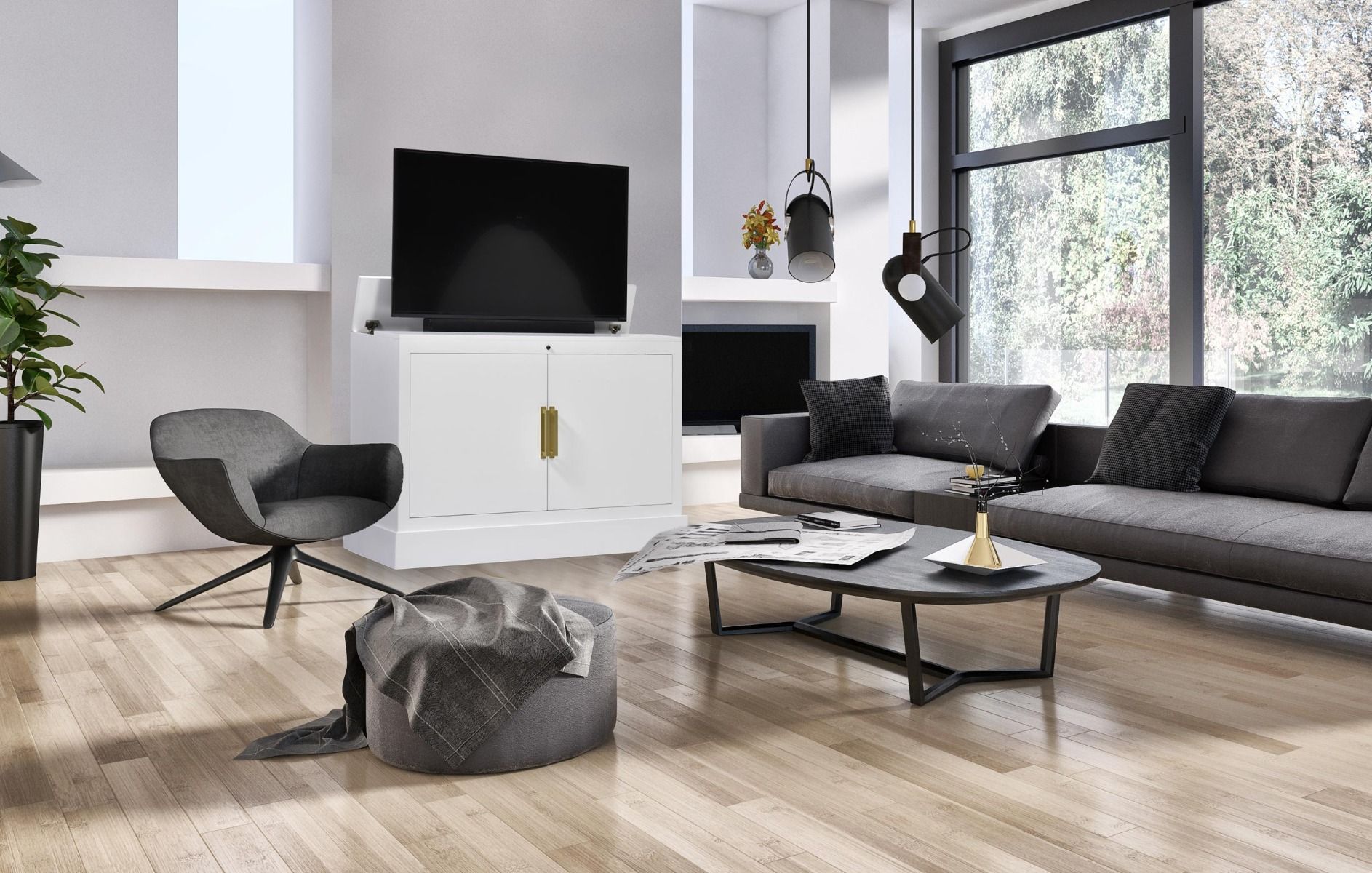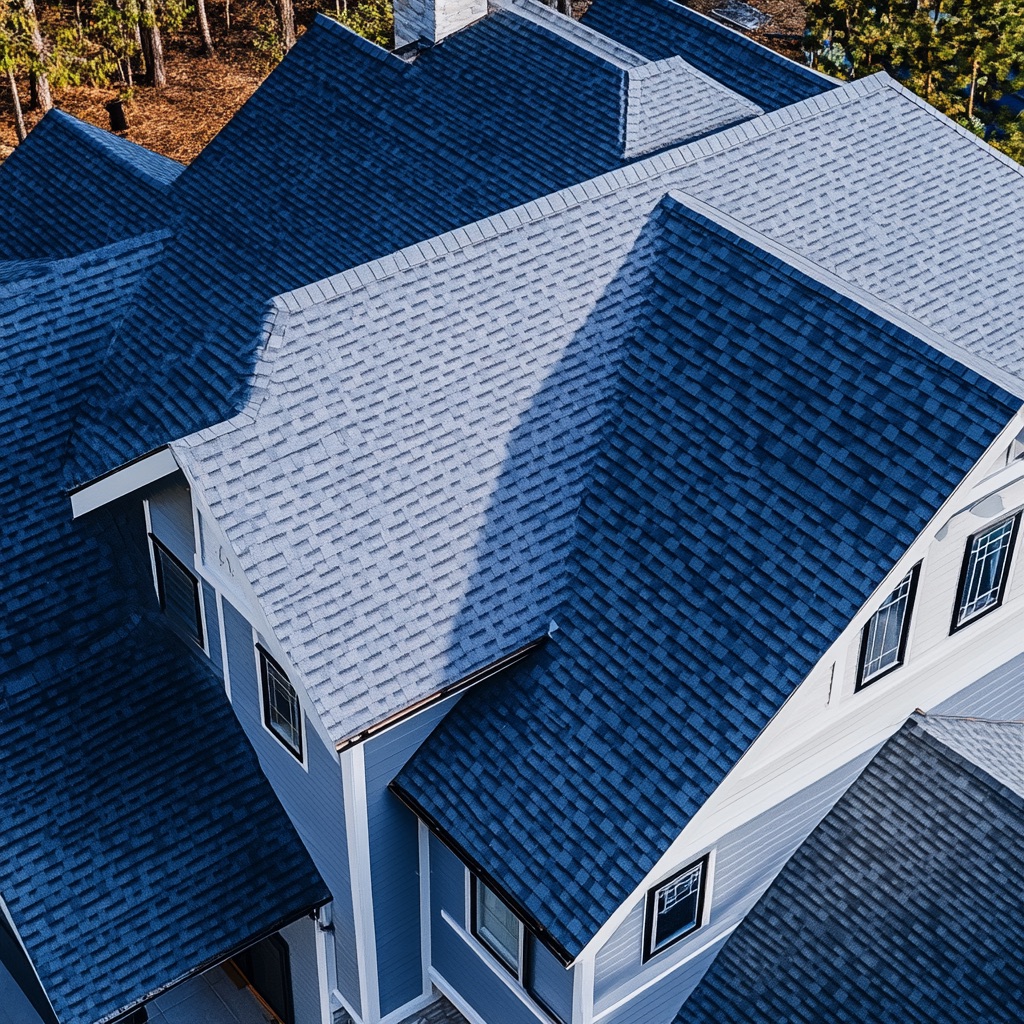Last updated on
Here’s how to buy the right safe room door for your home. These are the key considerations to take. Read on!
A safe room, according to FEMA (Federal Emergency Management Agency), is a room equipped with a hardened structure that is specifically designed to meet FEMA’s P-361 criteria so that the room can provide near-total protection in tornadoes, hurricanes, and other extreme wind incidents.
For those with a keen focus on security, a safe room – also known as a panic room – is designed to provide the utmost level of protection against break-ins, home invasions, or even a kidnap attempt.
In short, an addition of a safe room on your property can provide the highest level of security.
When designing a safe room, the safe room door should be the most important component to consider to ensure its security. The door is the only element of the safe room that is designed to allow access to people, so it will be the first thing targeted by intruders.
In this post, we will discuss the key considerations you should have in purchasing a safe room door, and without further ado, let us begin.
Identifying Threat Levels
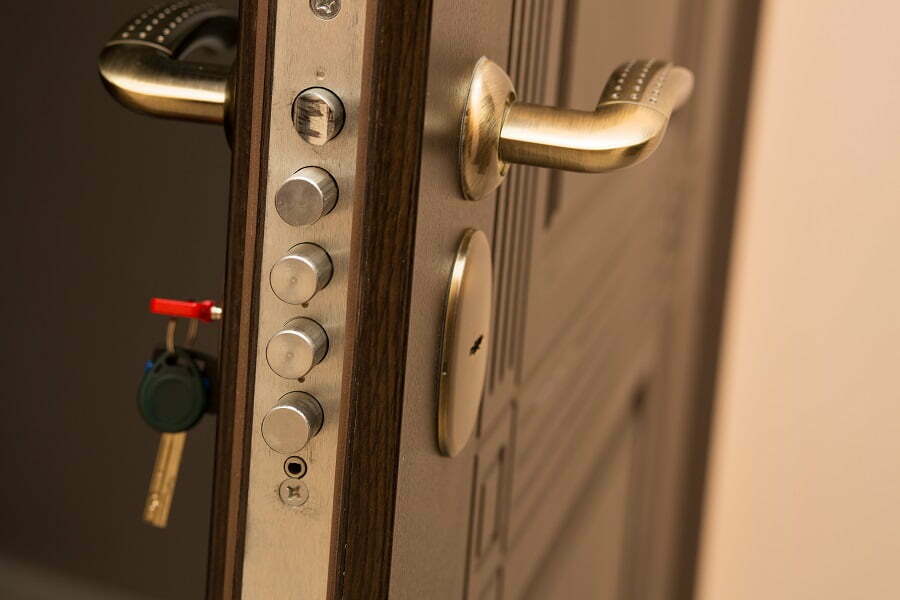
Above anything else, the first thing you should do before choosing a safe room door is to assess the threat level for your property (and specifically, the safe room).
You should:
- Identify potential threats/hazards that may affect the safe room
- Measure the potential severity of the attack
- Assess current security measures available in the property (if any)
While you can hire a professional to get a thorough risk assessment on your property, you can do it yourself by evaluating:
- Will the safe room be used to primarily protect valuables or people (or both)?
- The crime rate in your location
- What types of crimes are common in your area, and how severe? Will you expect criminals to use weapons (hammers, axes, guns) to attempt break-ins?
- Whether fire hazards are common in the area
- Whether extreme wind events (hurricanes, etc.) are common in the area
- Whether earthquakes are frequent in your area.
Finding the Best Location for the Safe Room
No matter how secure and strong the safe room door is, it won’t really help with security if the safe room isn’t located in an optimal place.
Here are the most important factors to consider regarding location:
- Make sure the safe room is located close enough to the frequently-used living space(s) in the property. This is to make sure occupants can quickly enter the room in the event of emergencies.
- If the property has an underground basement, then it’s an ideal candidate for the safe room location. Having the safe room in the basement will ensure it’s better equipped to protect the occupants from hurricanes or other stormwinds.
- If a basement isn’t available, a ground-floor interior room or the garage can be a good option. However, make sure the garage has a strong enough structure to avoid the risk of falling debris during extreme winds.
- Ideally, the safe room should be located in a place withoutany existing windows, especially outside-facing windows to eliminate potential entry points. If this isn’t possible, you may need to reinforce the existing windows into forced-entry resistant or even bulletproof windows.
- If possible, camouflage the safe room as much as possible (especially the safe room door). Pick a location where it’s possible to effectively conceal the room’s presence.
Locking System
In choosing a locking system for the safe room door, it’s important to first identify the purpose of the room.
If it’s going to mainly function as a vault room that stores only valuables, then you’ll only need to make sure that the door can be securely locked from the outside. All vault doors always feature an internal release feature to allow people inside the room to open the door from the inside. This is important to prevent those who know the combination of the door from being trapped inside the room for one reason or another.
If it’s going to function as a panic room that will also secure people, then the door must also be lockable from the inside. There should be an internal locking mechanism, for example in the form of a lever located near the interior’s handle of the door that when pulled will prevent the door from being opened from the outside.
In general, make sure to use a high-security, UL-approved lock with multiple locking points to ensure security and reliability. Lock failure can be serious and time-consuming to fix, and in some cases, the room may be locked permanently. The locking system should feature a multi-point locking system with more than 5 locking bolts that will effectively secure the door on the front, bottom, top, and hinge sides.
If you have relatively many people in your house who’ll need to enter the safe room in the event of emergencies, consider having a versatile locking/unlocking method (i.e. fingerprint scanner, passcode, etc.) so you don’t need too many keys.
Safe Room Door Security Level
The security level/strength of your safe room door is obviously the most important factor to consider when choosing your door.
A safe room door can be made of various different materials. However, solid steel is considered the most durable and impact-resistant, albeit being very heavy.
We can say that regarding a safe room door (or vault room door), heavier equals more secure.
An entry-level safe room door can weigh 300 lbs and is considered relatively ‘weak’, and a high-end, secure vault room door can weigh more than 3,000 lbs.
In general, you should choose a safe room door constructed from a solid material (for example, a continuous solid steel plate) that is adequately thick (at least half an inch in thickness) with at least 700 lbs in weight. However, keep in mind that thickness and weight will also affect the price.
The Takeaway
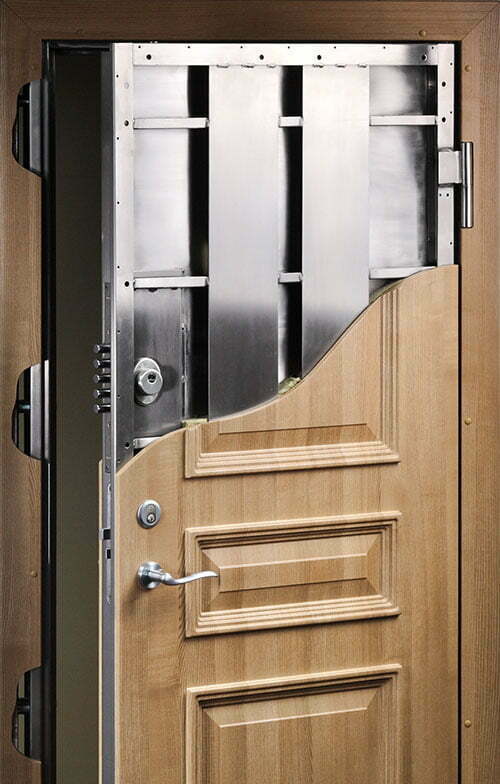
Many manufacturers advertise their doors as “high security” safe room doors, but we should be extra careful with these claims. The claim might not be justified if the door isn’t properly tested and certified, so it’s important to check the reputation of the door manufacturer before making your purchase.
A safe room door should be treated as an important investment. The door is going to be used to not only protect your valuables but also your life in the event of emergencies. It’s best to purchase a certified, tested door from a reputable manufacturer. Safe room doors from Fortified Estate, for example, are certified by the US Bureau of Diplomatic Security, NTS Chesapeake, and more testing institutions for high-security doors.
Recap
